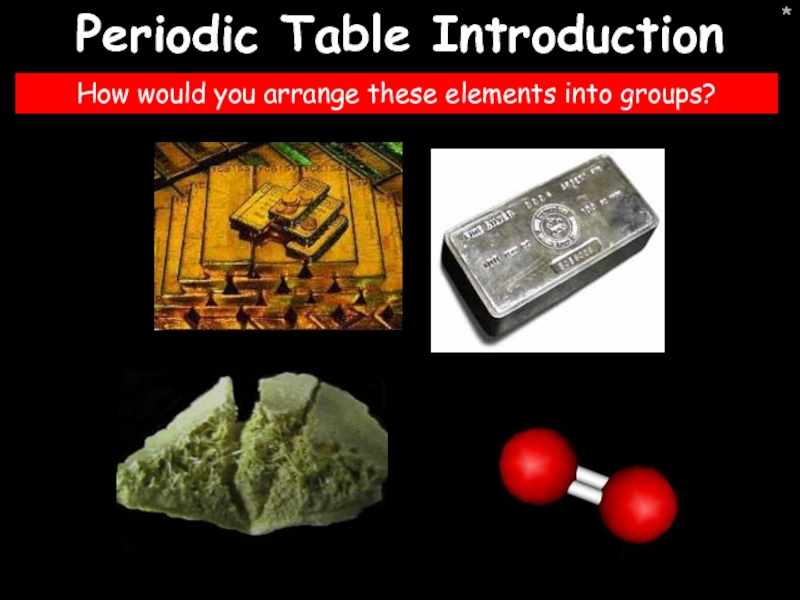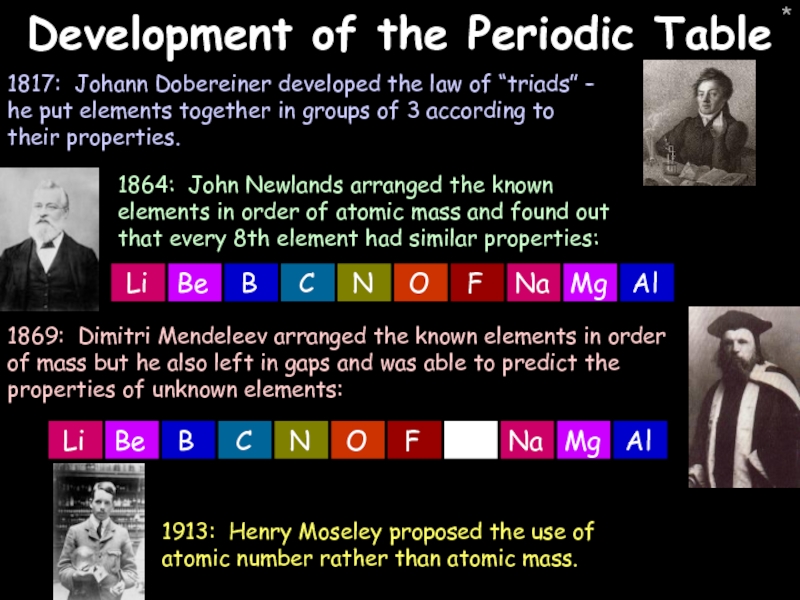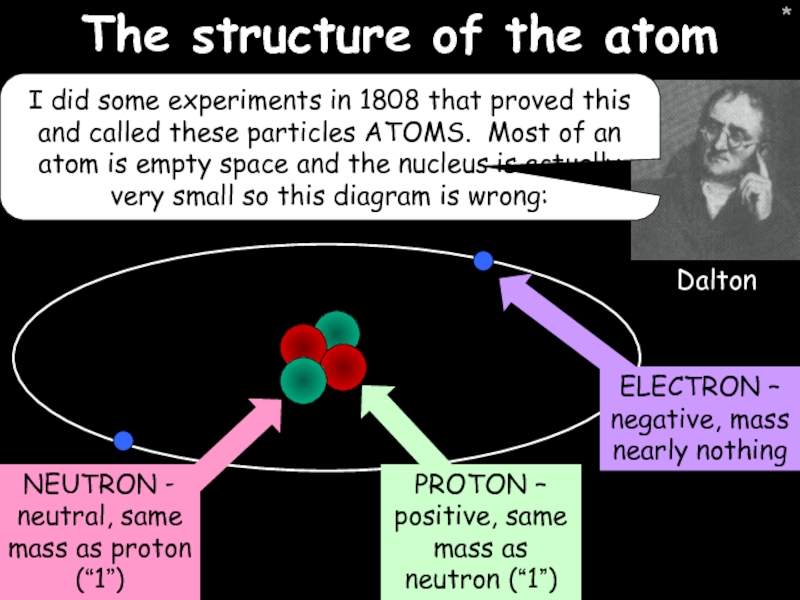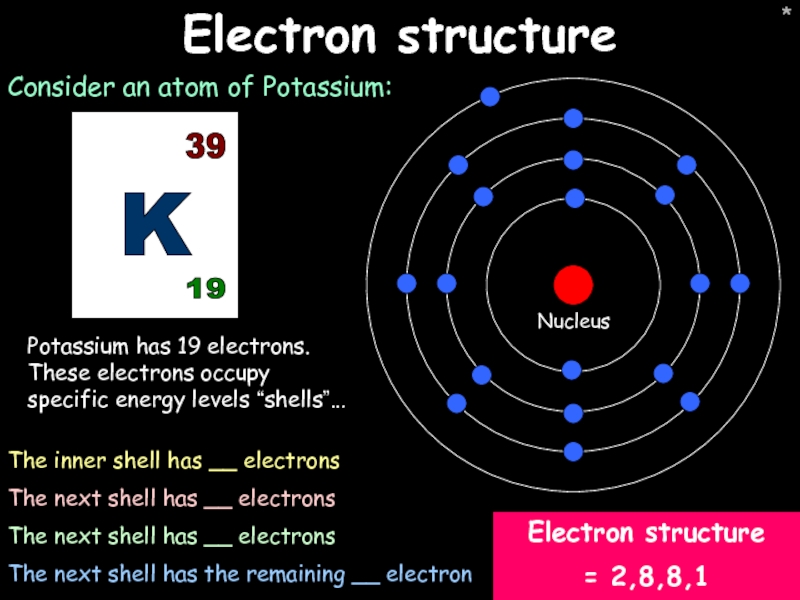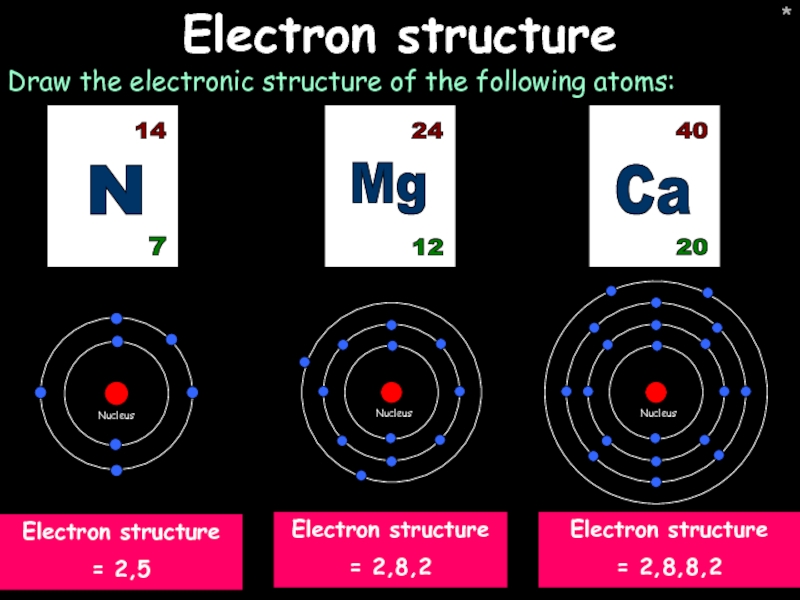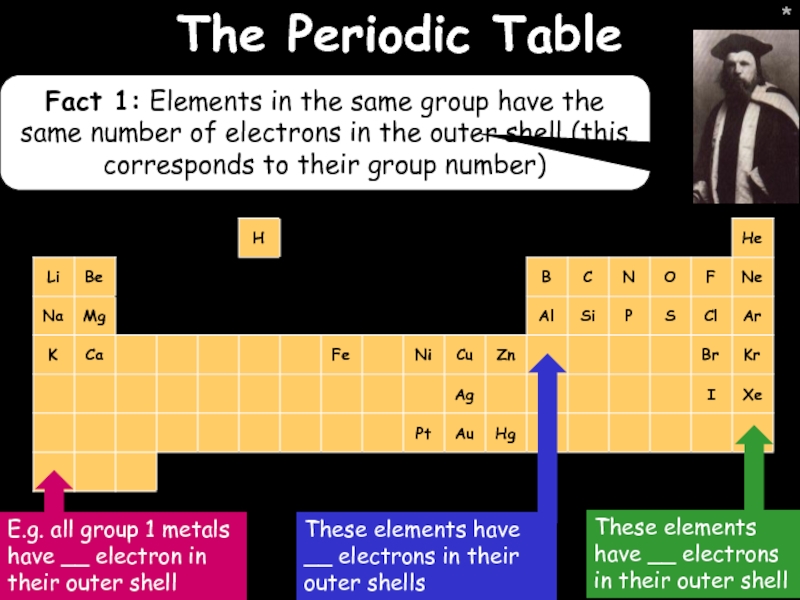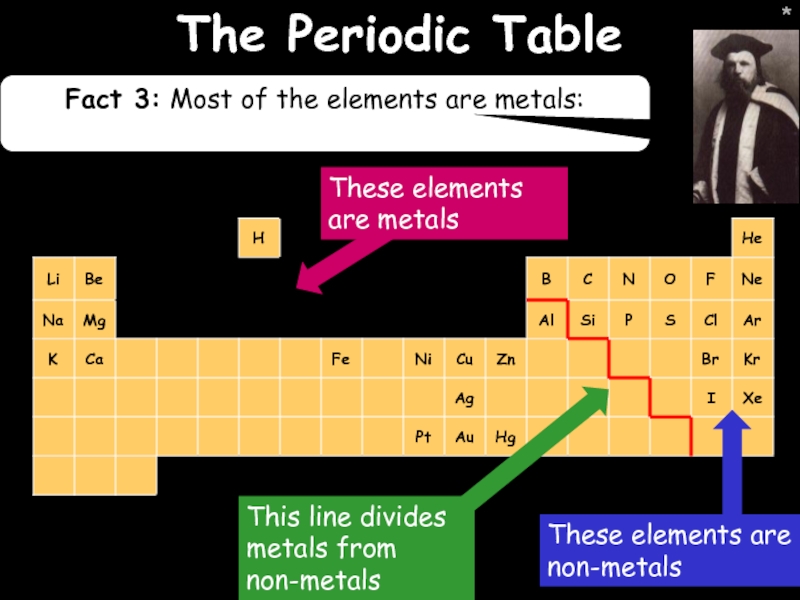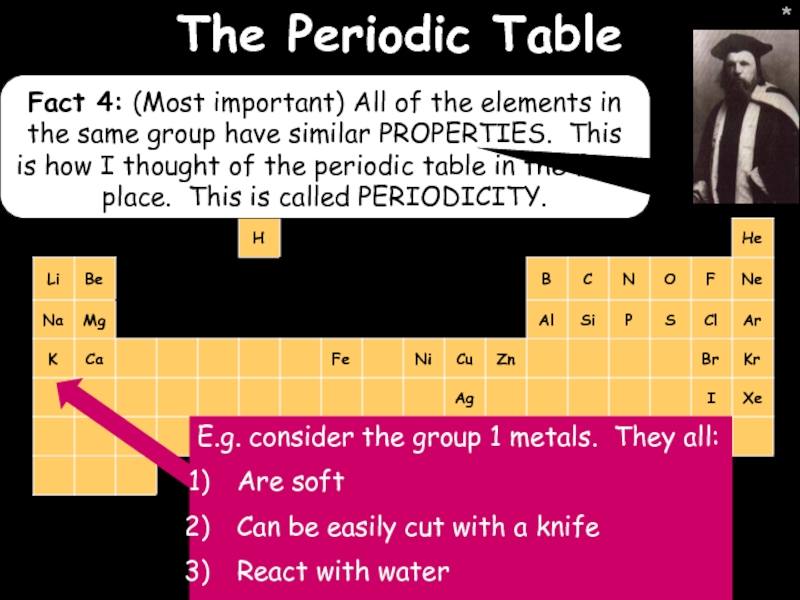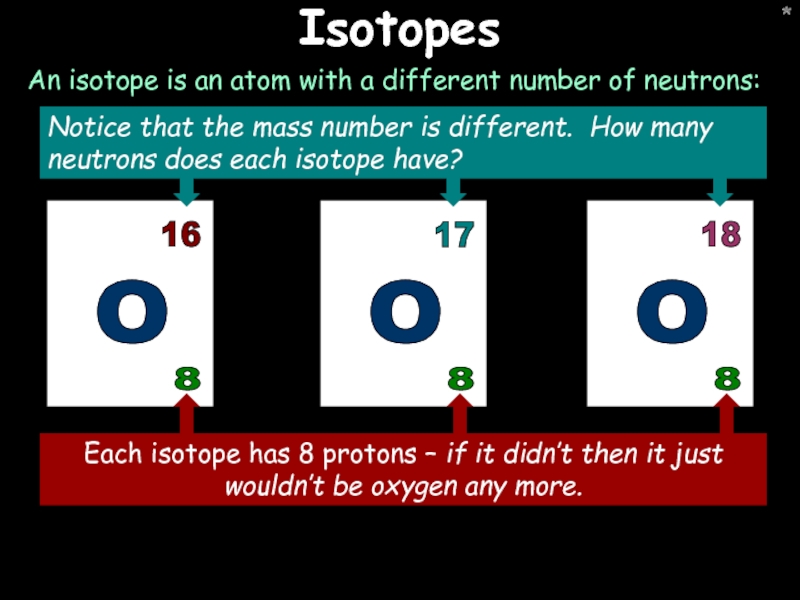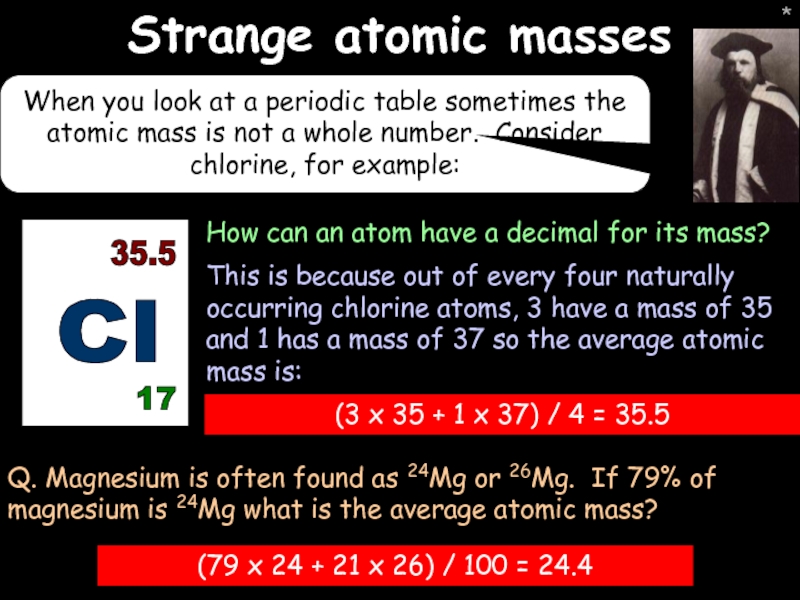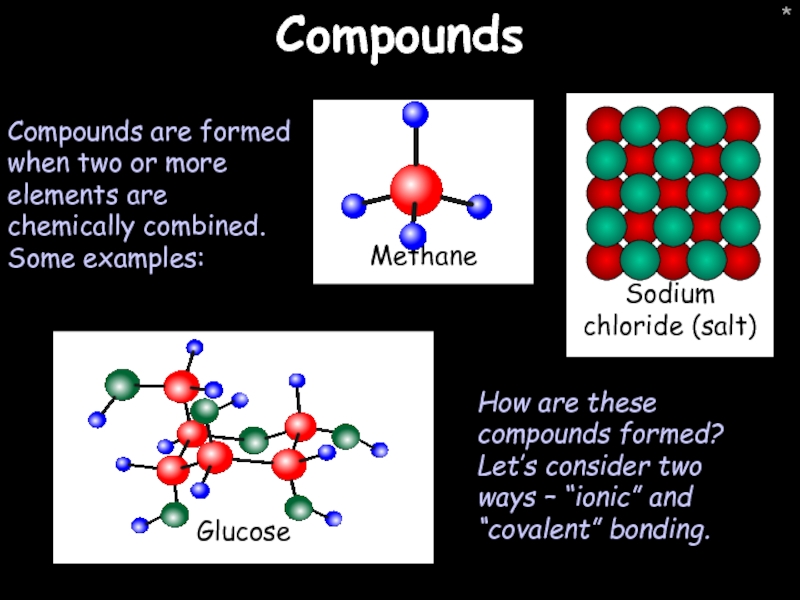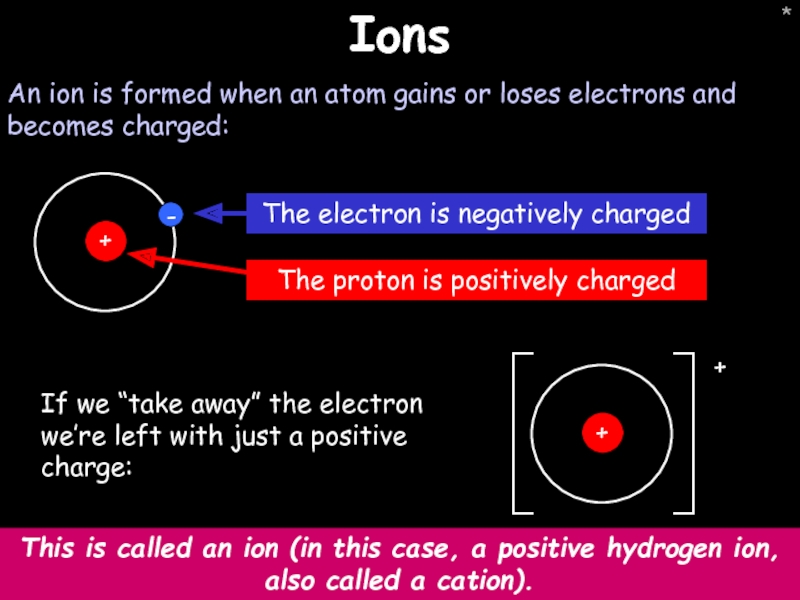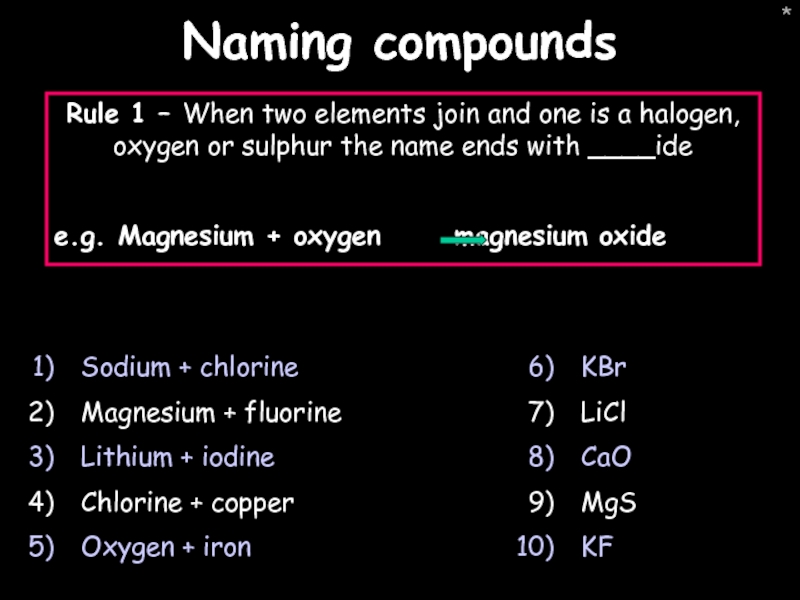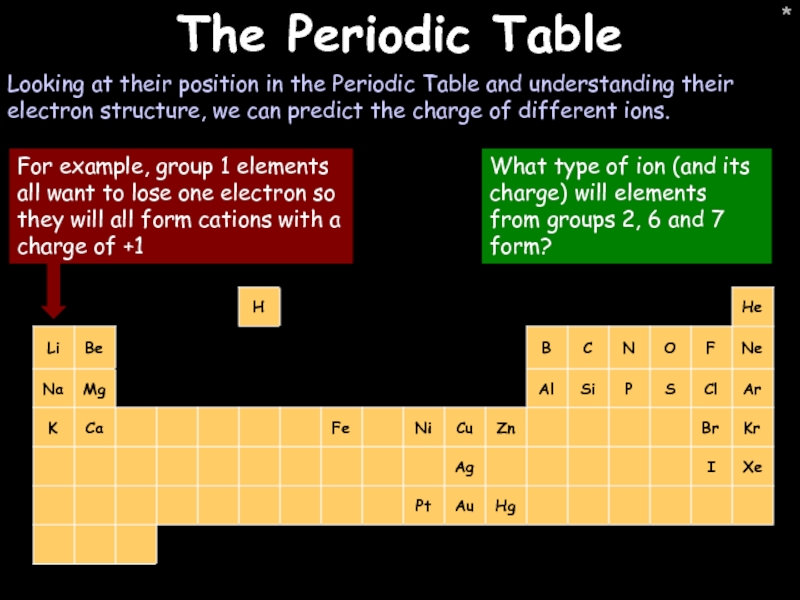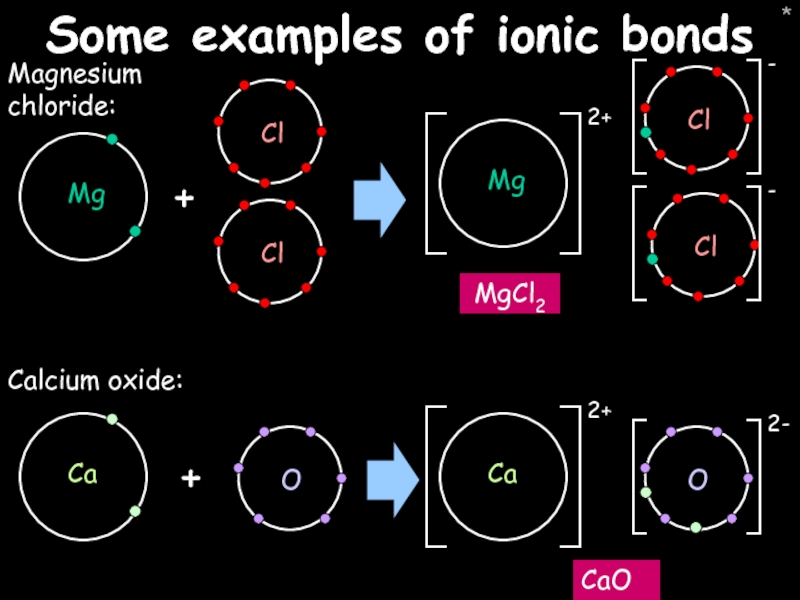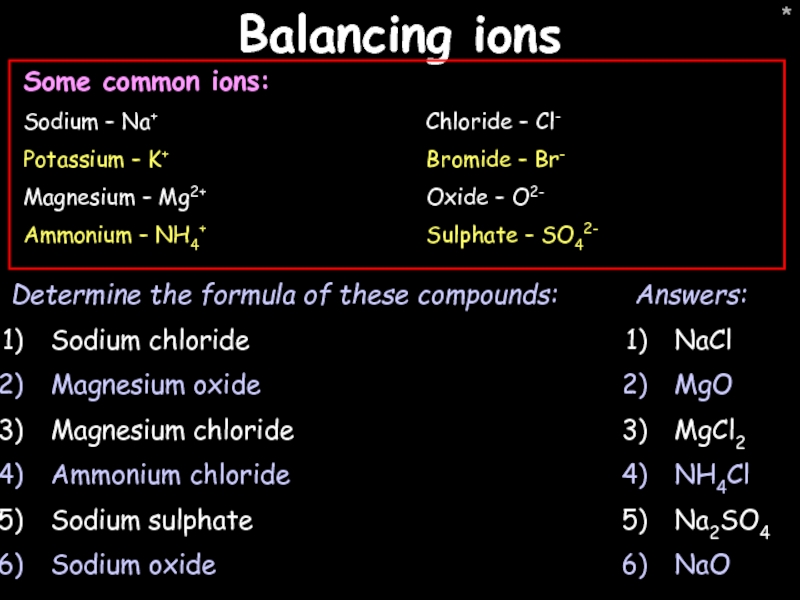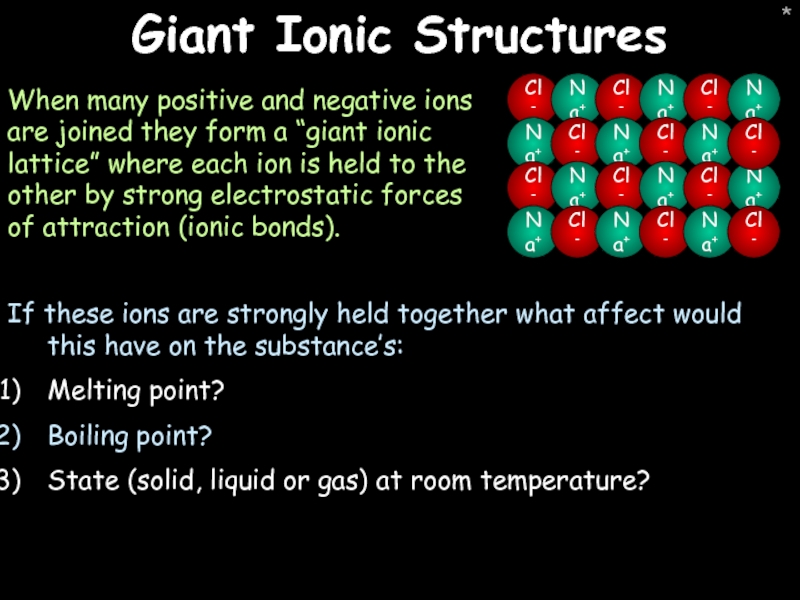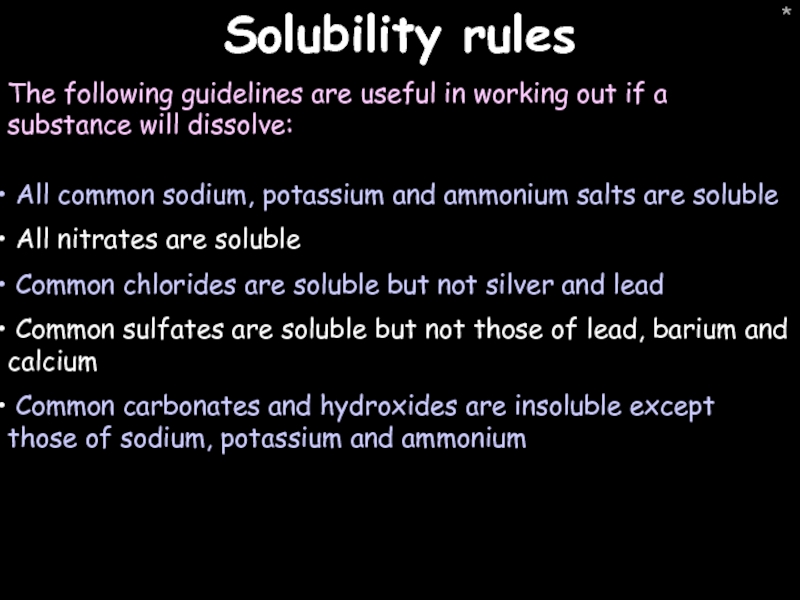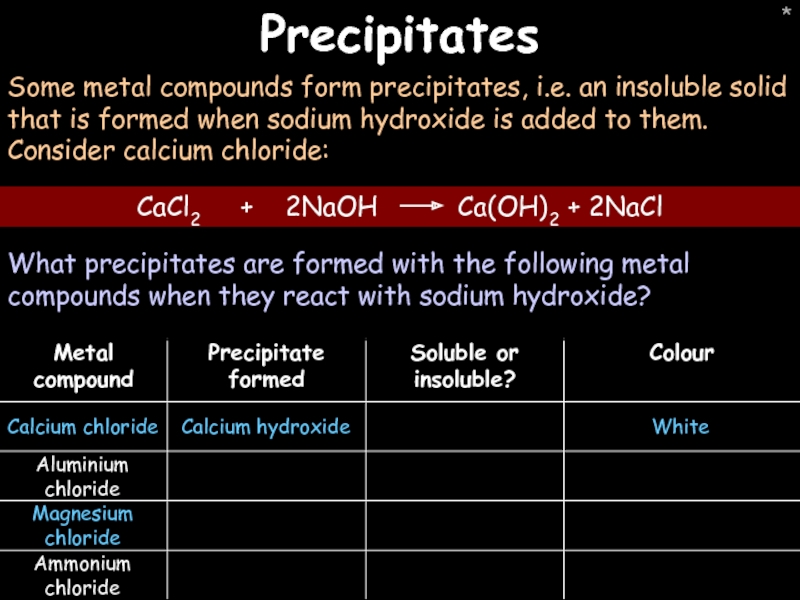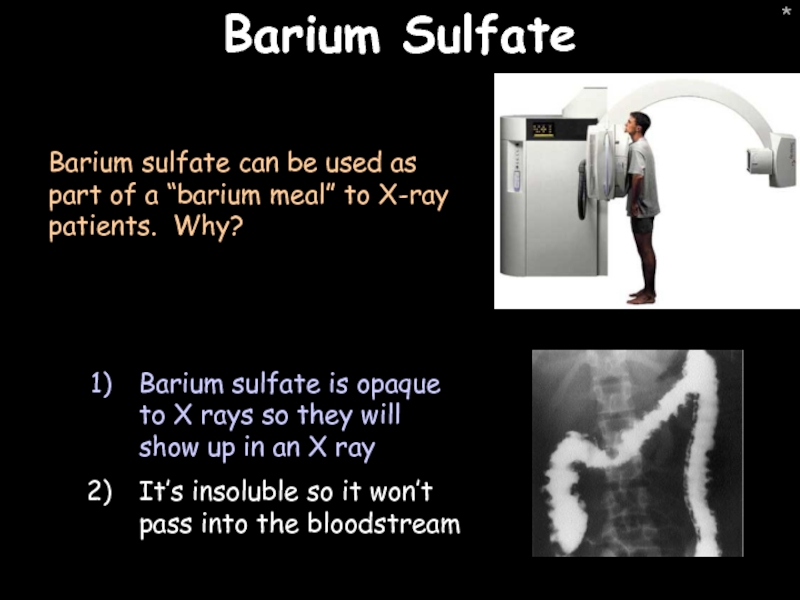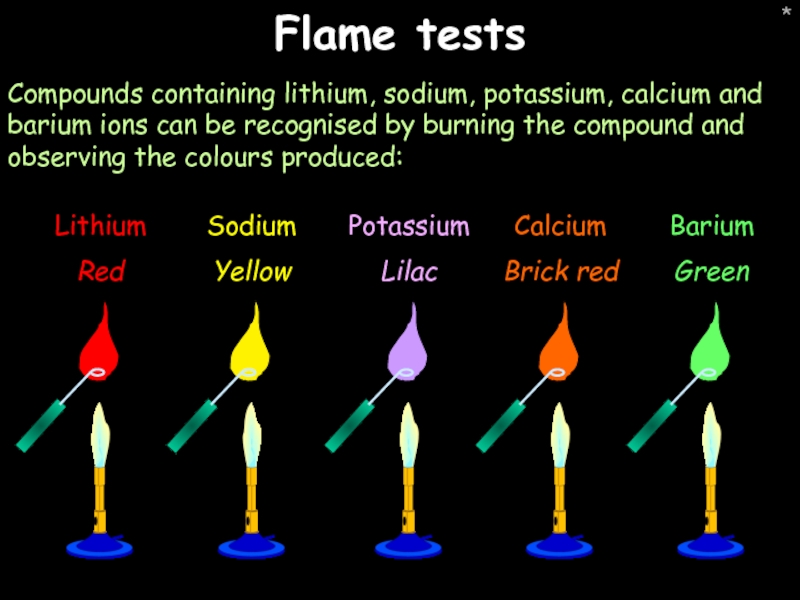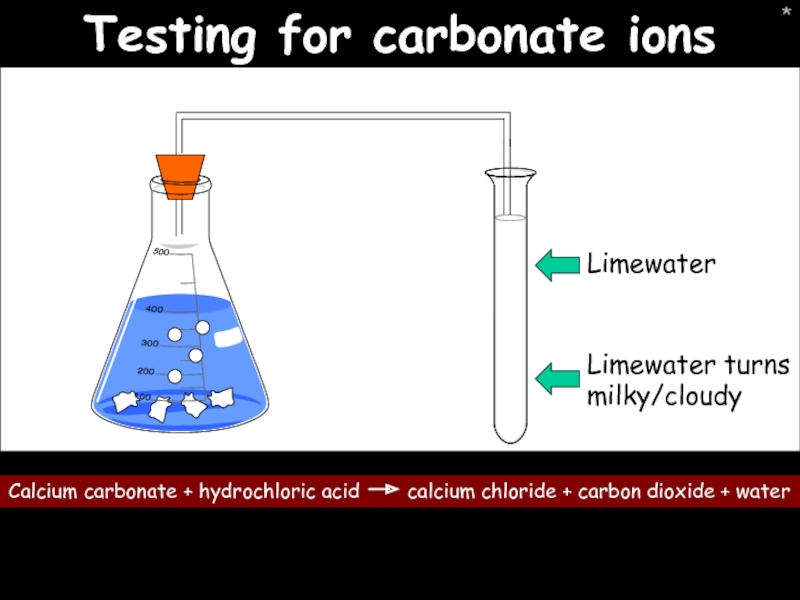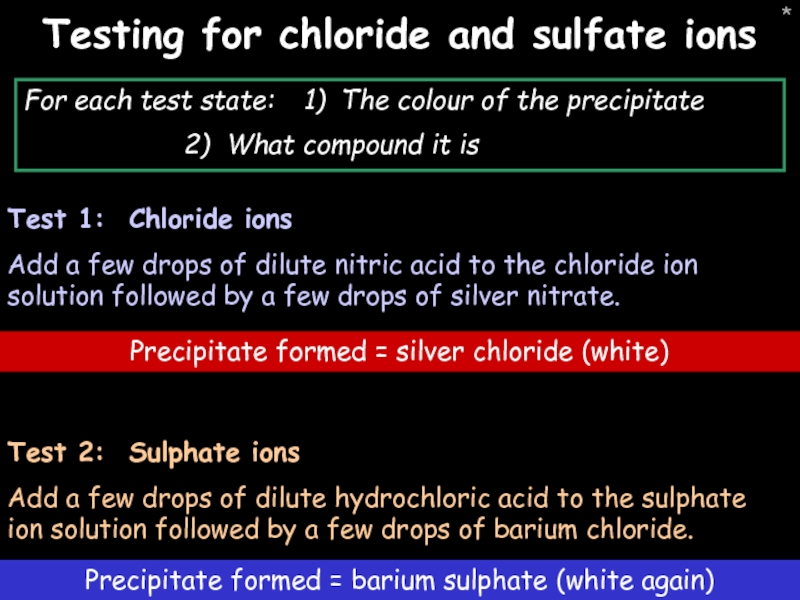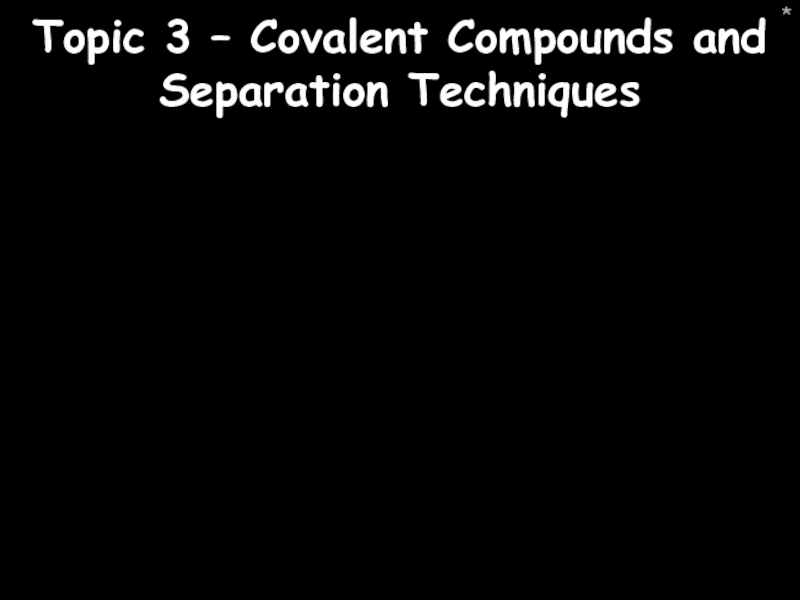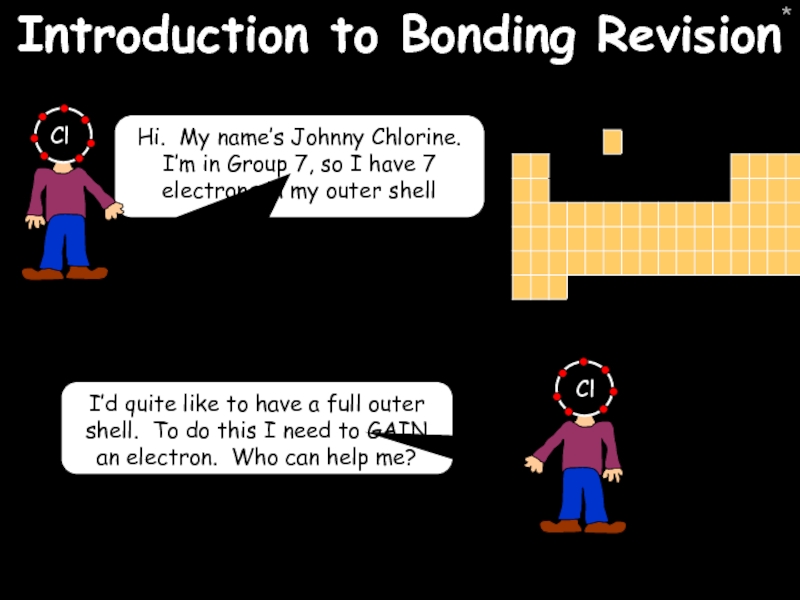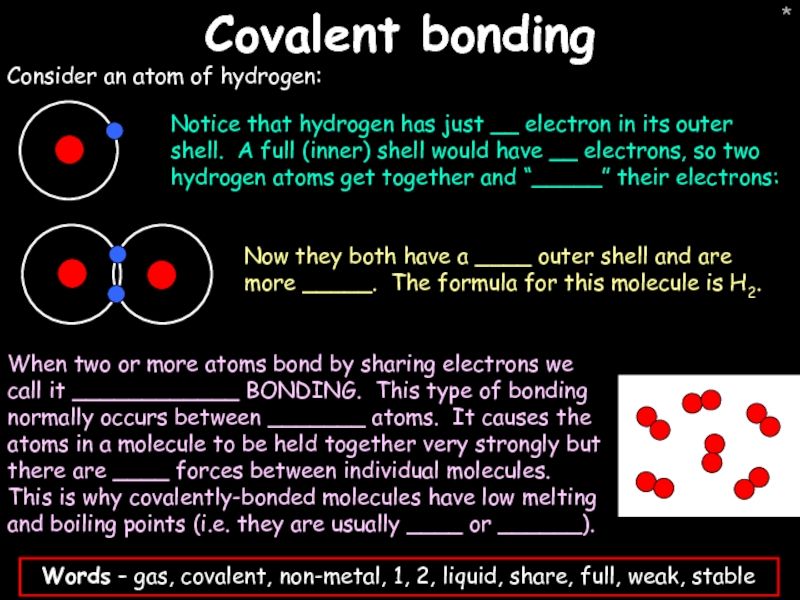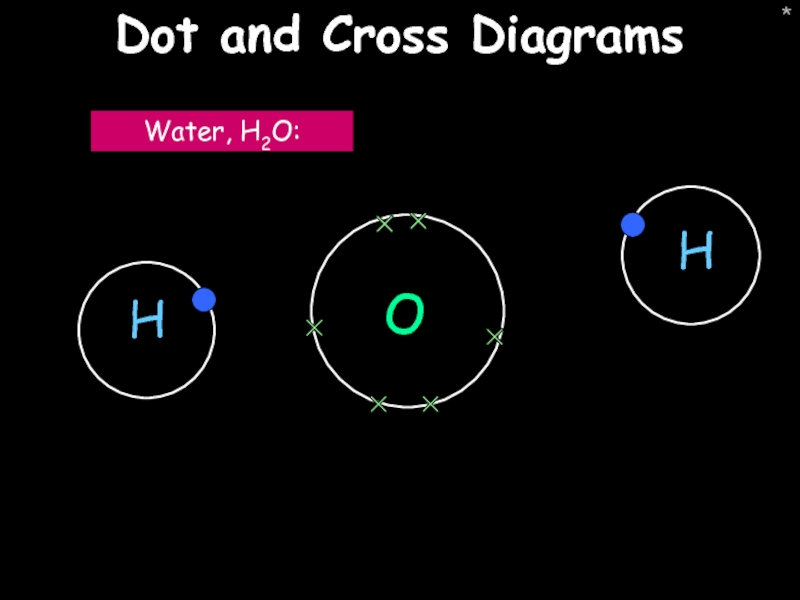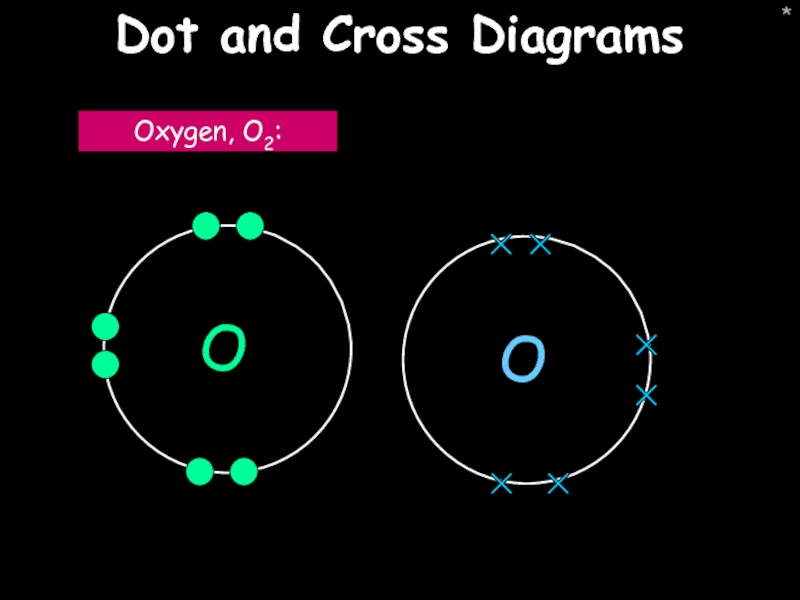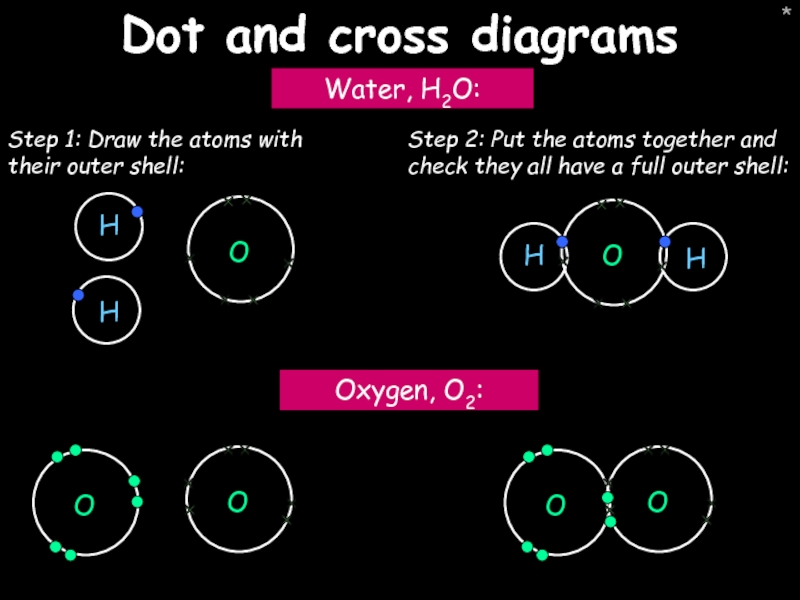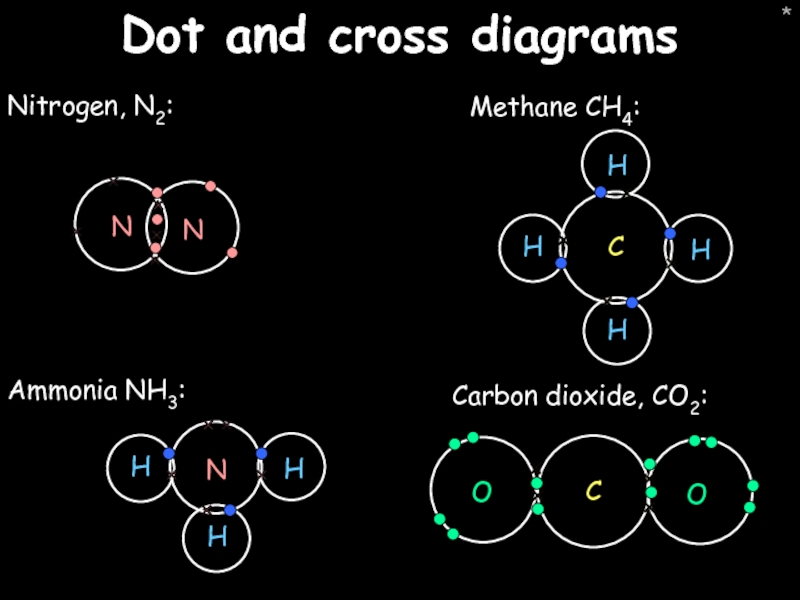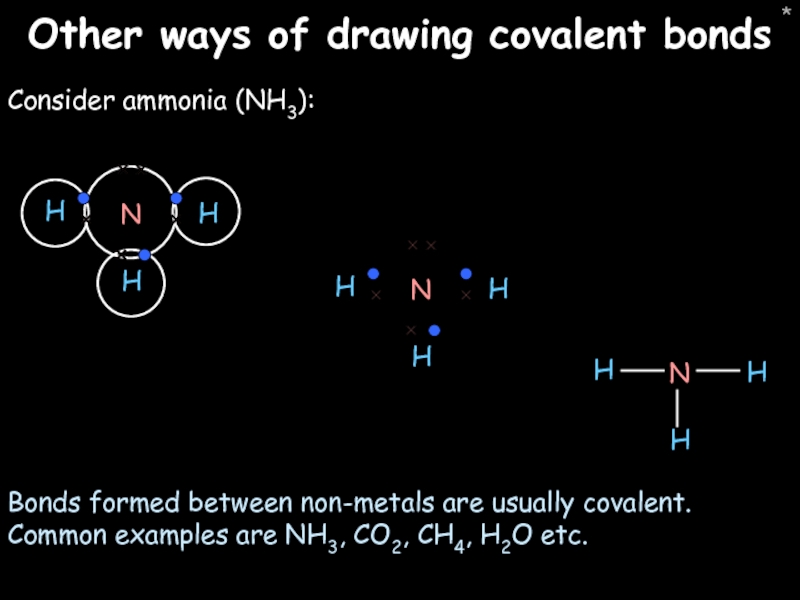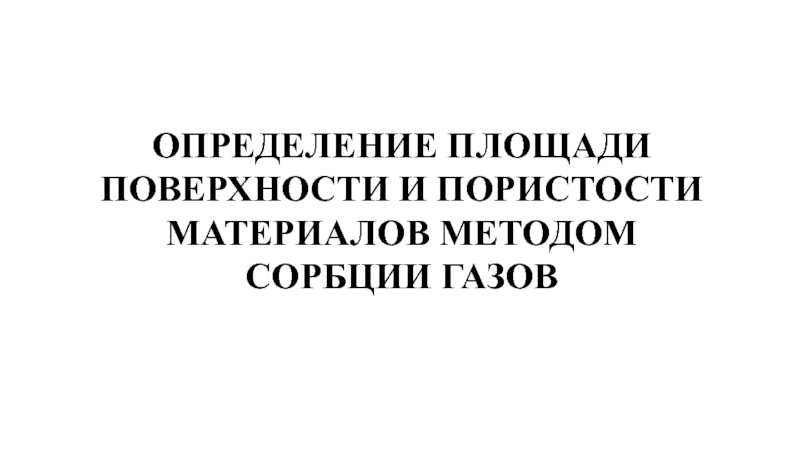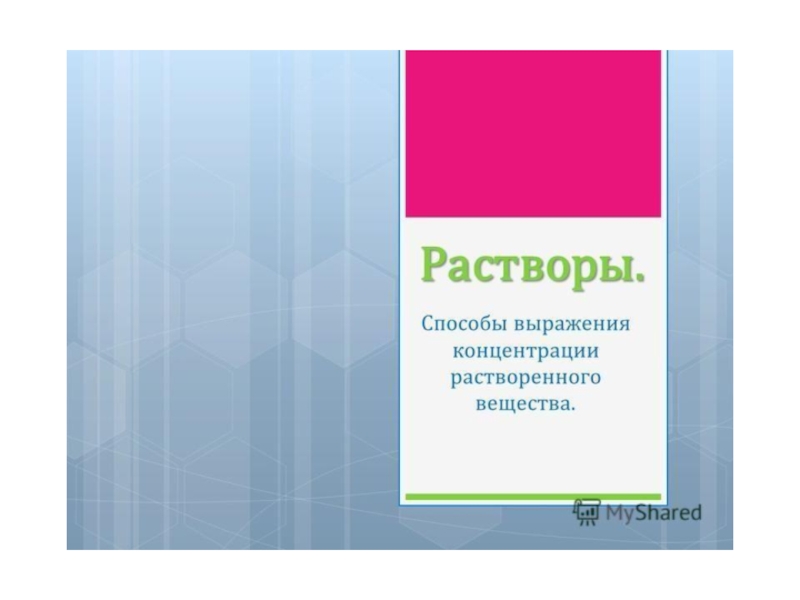- Главная
- Разное
- Дизайн
- Бизнес и предпринимательство
- Аналитика
- Образование
- Развлечения
- Красота и здоровье
- Финансы
- Государство
- Путешествия
- Спорт
- Недвижимость
- Армия
- Графика
- Культурология
- Еда и кулинария
- Лингвистика
- Английский язык
- Астрономия
- Алгебра
- Биология
- География
- Детские презентации
- Информатика
- История
- Литература
- Маркетинг
- Математика
- Медицина
- Менеджмент
- Музыка
- МХК
- Немецкий язык
- ОБЖ
- Обществознание
- Окружающий мир
- Педагогика
- Русский язык
- Технология
- Физика
- Философия
- Химия
- Шаблоны, картинки для презентаций
- Экология
- Экономика
- Юриспруденция
EdExcel Unit C2 – Discovering Chemistry презентация
Содержание
- 1. EdExcel Unit C2 – Discovering Chemistry
- 2. * Topic 1 – Atomic Structure and the Periodic Table
- 3. * * Periodic Table Introduction How would you arrange these elements into groups?
- 4. * Development of the Periodic Table
- 5. * * The structure of the atom
- 6. * * Mass and atomic number
- 7. * Atomic mass in more detail
- 8. * * Mass and atomic number
- 9. * * Electron structure Consider an atom
- 10. * * Electron structure Draw the electronic
- 11. * * Periodic table Horizontal rows are called PERIODS
- 12. * * The Periodic Table Fact 1:
- 13. * * The Periodic Table Fact 2:
- 14. * * The Periodic Table Fact 3: Most of the elements are metals:
- 15. * * The Periodic Table Fact 4:
- 16. * * Isotopes An isotope is an atom with a different number of neutrons:
- 17. * Strange atomic masses When you look
- 18. * Topic 2 – Ionic Compounds and Analysis
- 19. * Compounds Compounds are formed when two
- 20. * Introduction to Bonding Hi. My name’s
- 21. * Ionic Bonding Here comes a friend,
- 22. * Ions An ion is formed when
- 23. * Ionic bonding This is where a
- 24. * Naming compounds
- 25. * Naming compounds
- 26. * * The Periodic Table Looking at
- 27. * Some examples of ionic bonds Magnesium chloride: MgCl2 + Calcium oxide: CaO
- 28. * * Balancing ions Determine the formula
- 29. * Giant Ionic Structures When many positive
- 30. * Dissolving Ionic Structures When an
- 31. * Solubility rules The following guidelines are
- 32. * * Precipitation Reactions A precipitation reaction
- 33. * Precipitates Some metal compounds form precipitates,
- 34. * Barium Sulfate Barium sulfate can be
- 35. * Flame tests Compounds containing lithium, sodium,
- 36. * Testing for carbonate ions
- 37. * Testing for chloride and sulfate ions
- 38. * Spectroscopy Spectroscopy is kind of like
- 39. * Topic 3 – Covalent Compounds and Separation Techniques
- 40. * Introduction to Bonding Revision Hi. My
- 41. * Covalent Bonding Here comes another one
- 42. * Covalent bonding Consider an atom of hydrogen:
- 43. * Dot and Cross Diagrams O Water, H2O:
- 44. * Dot and Cross Diagrams
- 45. * Dot and cross diagrams Water, H2O:
- 46. * Dot and cross diagrams Nitrogen, N2: Carbon dioxide, CO2: Ammonia NH3: Methane CH4:
- 47. * Other ways of drawing covalent bonds
- 48. * Properties of covalent molecules Recall our
- 49. * Giant Covalent structures (“lattices”) Words –
Слайд 5*
*
The structure of the atom
I did some experiments in 1808 that
Dalton
Слайд 8*
*
Mass and atomic number
H
1
1
B
5
11
O
8
16
Na
11
23
Cl
17
35
U
92
238
How many protons, neutrons and electrons?
Слайд 9*
*
Electron structure
Consider an atom of Potassium:
Potassium has 19 electrons. These electrons
The inner shell has __ electrons
The next shell has __ electrons
The next shell has __ electrons
The next shell has the remaining __ electron
Electron structure
= 2,8,8,1
Слайд 10*
*
Electron structure
Draw the electronic structure of the following atoms:
Ca
20
40
Electron structure
= 2,8,8,2
Mg
12
24
N
7
14
Electron structure
= 2,8,2
Electron structure
= 2,5
Слайд 12*
*
The Periodic Table
Fact 1: Elements in the same group have the
Слайд 13*
*
The Periodic Table
Fact 2: As you move down through the periods
Слайд 15*
*
The Periodic Table
Fact 4: (Most important) All of the elements in
Слайд 17*
Strange atomic masses
When you look at a periodic table sometimes the
How can an atom have a decimal for its mass?
This is because out of every four naturally occurring chlorine atoms, 3 have a mass of 35 and 1 has a mass of 37 so the average atomic mass is:
(3 x 35 + 1 x 37) / 4 = 35.5
Q. Magnesium is often found as 24Mg or 26Mg. If 79% of magnesium is 24Mg what is the average atomic mass?
(79 x 24 + 21 x 26) / 100 = 24.4
Слайд 19*
Compounds
Compounds are formed when two or more elements are chemically combined.
How are these compounds formed? Let’s consider two ways – “ionic” and “covalent” bonding.
Слайд 20*
Introduction to Bonding
Hi. My name’s Johnny Chlorine. I’m in Group 7,
I’d quite like to have a full outer shell. To do this I need to GAIN an electron. Who can help me?
Слайд 21*
Ionic Bonding
Here comes a friend, Sophie Sodium
Hey Johnny. I’m in Group
Now we’ve both got full outer shells and we’ve both gained a charge which attracts us together. We’ve formed an IONIC bond.
Okay
Слайд 22*
Ions
An ion is formed when an atom gains or loses electrons
If we “take away” the electron we’re left with just a positive charge:
This is called an ion (in this case, a positive hydrogen ion, also called a cation).
Слайд 23*
Ionic bonding
This is where a metal bonds with a non-metal (usually).
Sodium has 1 electron on its outer shell and chlorine has 7, so if sodium gives its electron to chlorine they both have a ___ outer shell and are ______.
Group 1 _______ will always form ions with a charge of +1 when they react with group 7 elements. The group 7 element will always form a negative ion with charge -1.
Words – full, transfers, positively, negatively, metals, anion, stable
Слайд 26*
*
The Periodic Table
Looking at their position in the Periodic Table and
What type of ion (and its charge) will elements from groups 2, 6 and 7 form?
Слайд 28*
*
Balancing ions
Determine the formula of these compounds:
Sodium chloride
Magnesium oxide
Magnesium chloride
Ammonium chloride
Sodium
Sodium oxide
Answers:
NaCl
MgO
MgCl2
NH4Cl
Na2SO4
NaO
Слайд 29*
Giant Ionic Structures
When many positive and negative ions are joined they
If these ions are strongly held together what affect would this have on the substance’s:
Melting point?
Boiling point?
State (solid, liquid or gas) at room temperature?
Слайд 30*
Dissolving Ionic Structures
When an ionic structure like sodium chloride is dissolved
Cl-
Na+
Cl-
Na+
Cl-
Na+
Cl-
Na+
Cl-
Na+
Cl-
Na+
Слайд 31*
Solubility rules
The following guidelines are useful in working out if a
All common sodium, potassium and ammonium salts are soluble
All nitrates are soluble
Common chlorides are soluble but not silver and lead
Common sulfates are soluble but not those of lead, barium and calcium
Common carbonates and hydroxides are insoluble except those of sodium, potassium and ammonium
Слайд 32*
*
Precipitation Reactions
A precipitation reaction occurs when an insoluble solid is made
Method:
1) Mix the reactants together
2) Filter off the precipitate
3) Wash the residue
4) Dry the residue in an oven at 50OC
Слайд 33*
Precipitates
Some metal compounds form precipitates, i.e. an insoluble solid that is
What precipitates are formed with the following metal compounds when they react with sodium hydroxide?
Слайд 34*
Barium Sulfate
Barium sulfate can be used as part of a “barium
Barium sulfate is opaque to X rays so they will show up in an X ray
It’s insoluble so it won’t pass into the bloodstream
Слайд 35*
Flame tests
Compounds containing lithium, sodium, potassium, calcium and barium ions can
Lithium
Red
Sodium
Yellow
Potassium
Lilac
Calcium
Brick red
Barium
Green
Слайд 37*
Testing for chloride and sulfate ions
Test 1: Chloride ions
Add a few
Test 2: Sulphate ions
Add a few drops of dilute hydrochloric acid to the sulphate ion solution followed by a few drops of barium chloride.
Precipitate formed = silver chloride (white)
Precipitate formed = barium sulphate (white again)
For each test state: 1) The colour of the precipitate
2) What compound it is
Слайд 38*
Spectroscopy
Spectroscopy is kind of like a flame test but using a
Using this spectroscope I can see this:
Each different element has a different “signature” when viewed through a spectroscope. This analysis enables us to detect the presence of small amounts of elements and this led to the discovery of new elements including rubidium and caesium.
Слайд 40*
Introduction to Bonding Revision
Hi. My name’s Johnny Chlorine. I’m in Group
I’d quite like to have a full outer shell. To do this I need to GAIN an electron. Who can help me?
Слайд 41*
Covalent Bonding
Here comes another one of my friends, Harry Hydrogen
Hey Johnny.
Now we’re both really stable. We’ve formed a covalent bond.
Слайд 45*
Dot and cross diagrams
Water, H2O:
Oxygen, O2:
Step 1: Draw the atoms with
Step 2: Put the atoms together and check they all have a full outer shell:
Слайд 47*
Other ways of drawing covalent bonds
Consider ammonia (NH3):
Bonds formed between non-metals
Слайд 48*
Properties of covalent molecules
Recall our model of a simple covalent compound
Hydrogen has a very low melting point and a very low boiling point. Why?
Also, the molecules do not carry a charge so covalent compounds usually do not conduct electricity.


